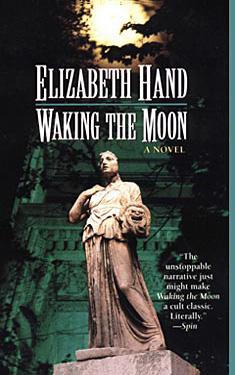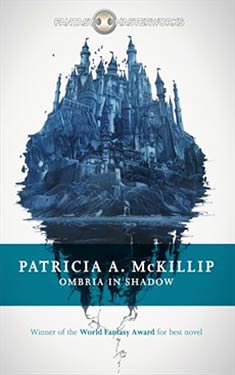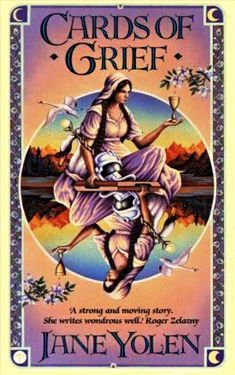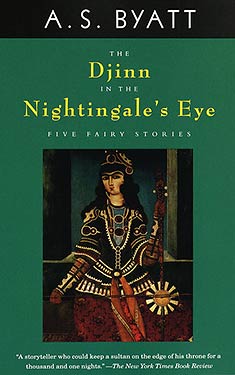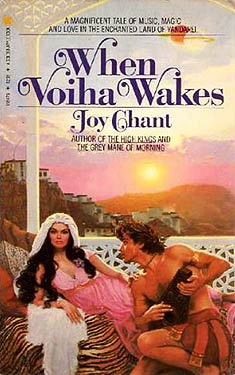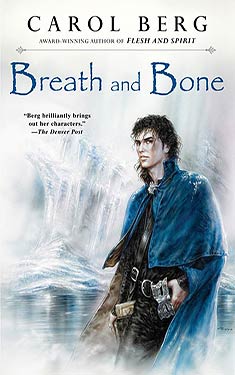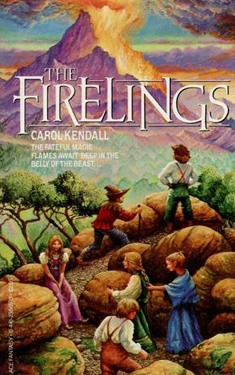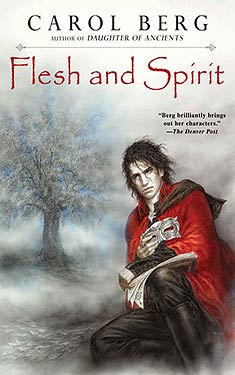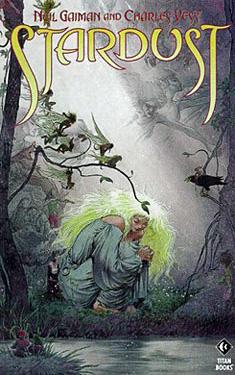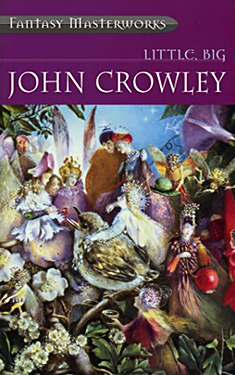Elizabeth Hand
Completed 1/27/2022, Reviewed 1/27/2022
4 stars
The last Hand book I read was Winterlong, almost eight years ago. I liked it. Now I’ve finally read what’s considered one of her best works, and loved it. It has its problems, but I found it to be a fast-paced, well-written, well-conceived fantasy/horror story with mythology, cults, and a whole lot of gore. I liked the fact that it had a female heroine and baddie. And there was a great lesbian supporting character that weaves in and out of the story as well. This book won the 1995 Otherwise Award and the 1996 Mythopoeic Award as well as being nominated for a few others.
The book begins with an ensemble cast of characters, though Sweeny is the protagonist. She’s a freshman at a prestigious religious university in D.C. in the mid ‘70s. Everything is pretty normal until she stumbles on the male-dominated Benandanti, a cult devoted to preventing the rise of an ancient destructive goddess. Then she learns that her two best friends are the goddess’ chosen ones.
That’s a short synopsis, telling you only what happens at the beginning of the book. But to go further gives away too much. The story actually spans twenty years, from college days to middle age of Sweeny and her friends. A lot happens in the first half and actually could have ended there, but it continues to a rousing climax two decades later.
I really liked Sweeny and her friends. It reminded me of my college days and the eclectic group I hung out with. Sweeny herself was really well-developed. The story is told from two perspectives, third-person omniscient, and first-person Sweeny. So we really delve into Sweeny’s personality. I also really liked Annie, the lesbian roommate of Sweeny’s friend Angelica. She was a bit stereotypical, wearing camo pants and sleeveless flannel shirts, but she was also a successful singer/songwriter and her getup became part of her image. Some of the Benandanti were a little stiff, but still believable.
The big problem I found with the book is the battle between the evil patriarchy and the evil matriarchy. There’s no healthy middle ground. One has to win, the other has to lose. To me, that’s a very patriarchal way of looking at things, black and white, rather than something inclusive. Perhaps if this book were written today, Hand would have found a better grey area with which to resolve the story.
That’s really too bad, too, because there’s a great amount of goddess anthropology and archeology that’s discussed in the book. Hand goes into great detail about the Minoan culture and its influence on the Greeks and Romans. It is suspected that the Minoans were goddess worshipers and the male gods were an import from the north. While the Greco-Roman pantheon is drawn upon for a lot of fantasy and of course is the most well-known, the Minoan culture is only barely known. I found it to be interesting and well-integrated into the story without coming across as too academic.
As for the gore, yeah, this book is a bloodfest. It’s kind of a slasher film in print reminiscent of Clive Barker and early Stephen King. And there’s bestiality and giant insects and human sacrifice. This book is definitely not for the faint of heart. At the same time, I thought it was all wildly entertaining. I think this book would definitely make a good movie.
I give this book four stars out of five, mostly because it was a highly readable thrill ride. It does slow down for a while in the middle, but I didn’t find it boring. The anticipation of how the plot would resolve was simply great. I’m a little more inclined to explore more Hand in the near future after reading this book.
